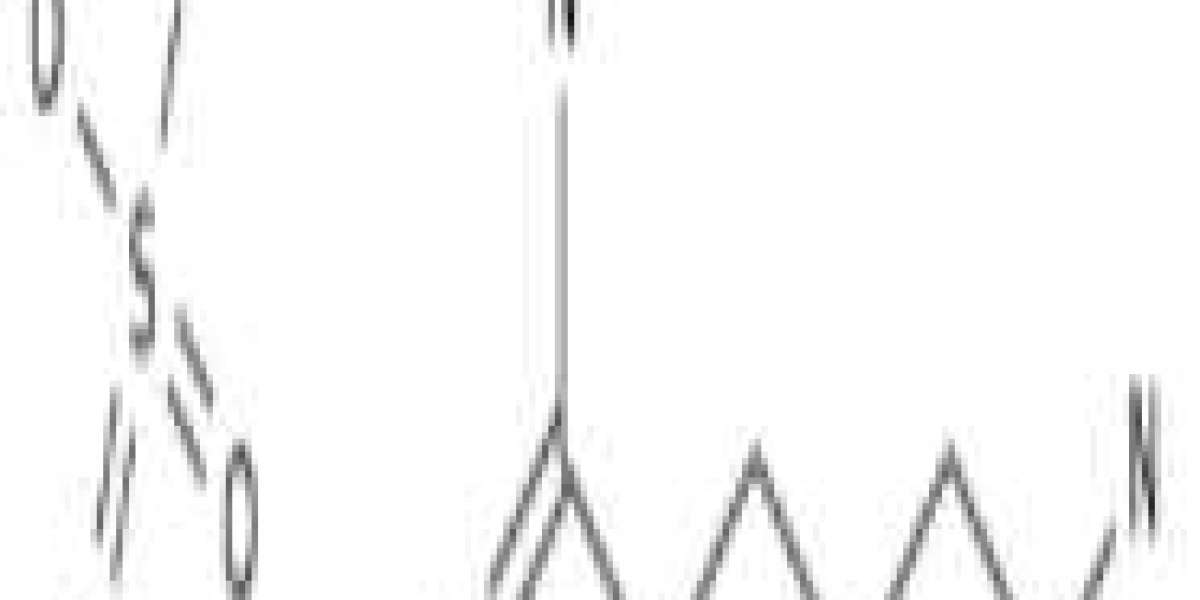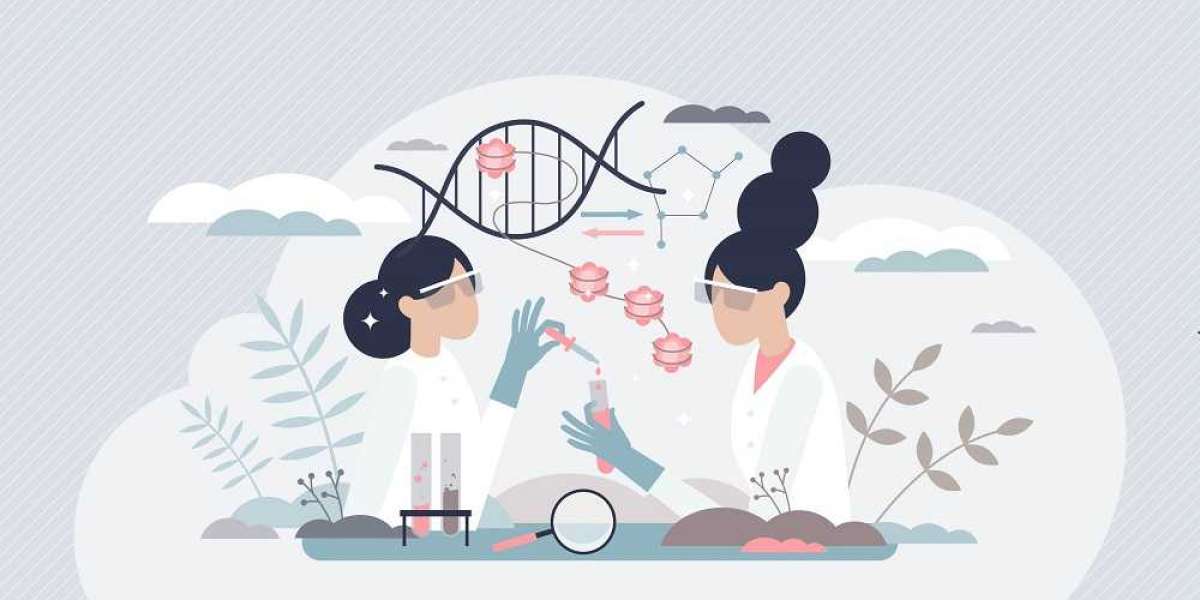Agmatine, also known as 4-aminobutylguanidine, was discovered in 1910 by Albrecht Kossel. [2] It is a naturally occurring chemical from the amino acid arginine. Agmatine has been shown to exert modulatory effects on several molecular targets, in particular: neurotransmitter systems, ion channels, nitric oxide (NO) synthesis, and polyamine metabolism, providing a basis for further investigation into potential applications.
Agmatine was discovered by Albrecht Kossel in 1910. The term is derived from A- (for amino) + g- (from guanidine) + -ma- (from ptomaine) + -in (German)/-ine (English) suffix inserted -t- apparently for ear-pleasing. [3] A year later, agmatine was found to increase blood flow in rabbits;[4] however, the physiological relevance of these findings was questioned given the high concentrations required (high μM range). [5] In the 20s, researchers at the Oskar Minkowski Diabetes Clinic showed that agmatine exerted a mild hypoglycemic effect. [6] In 1994, endogenous agmatine synthesis in mammals was discovered.
Agmatine biosynthesis via arginine decarboxylation is well positioned to compete with the major arginine-dependent pathways, namely: nitrogen metabolism (urea cycle) and polyamine and nitric oxide (NO) synthesis (see Inset "Agmatine metabolic pathway"). Agmatine degradation occurs primarily via hydrolysis, catalyzed by agmatinease to urea and putrescine, diamine precursors for polyamine biosynthesis. Another pathway, mainly in peripheral tissues, is through diamine oxidase-catalyzed oxidation to agmatine aldehyde, which is converted to agmatine by aldehyde dehydrogenase and secreted by the kidneys.
Agmatine was found to directly and indirectly regulate several key molecular targets that underlie cellular control mechanisms of importance to health and disease. It is thought to be able to exert its regulatory effects on multiple targets simultaneously. [8] The following outline identifies categories of control mechanisms and identifies their molecular targets:



